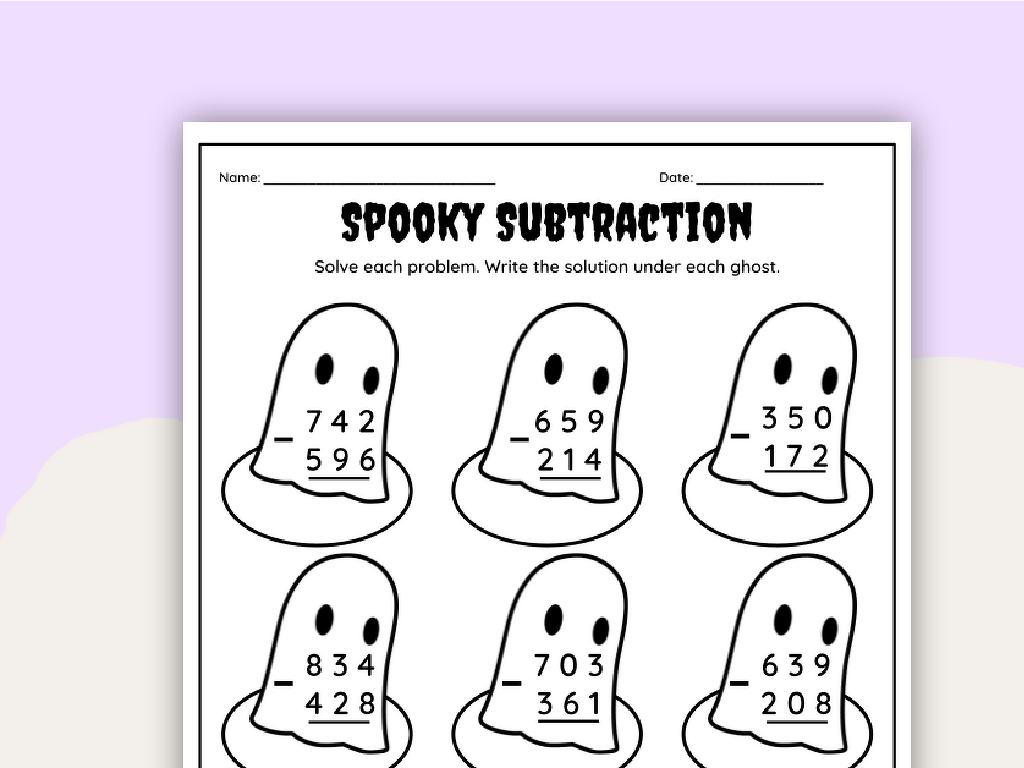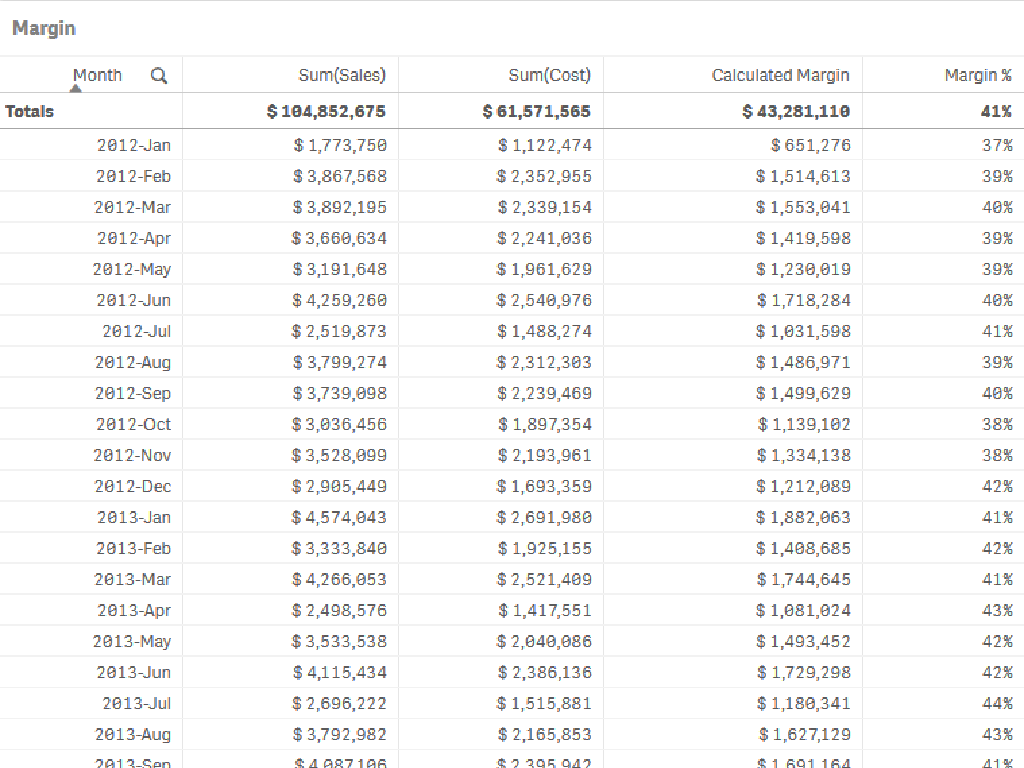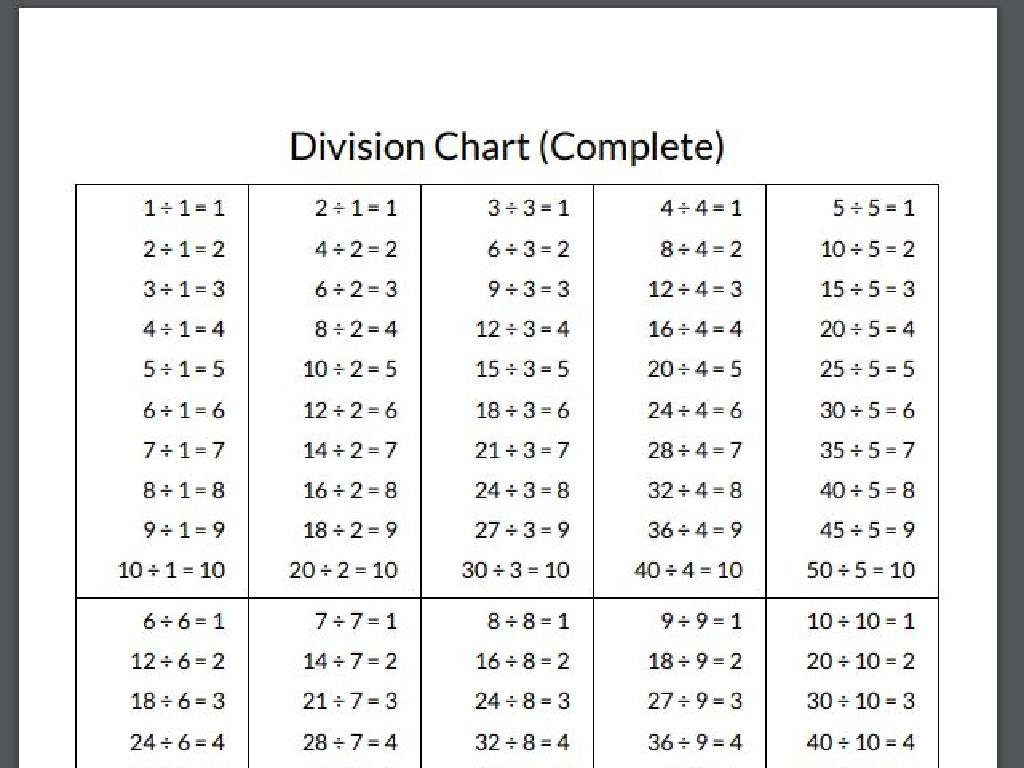What Is A Market?
Subject: Social studies
Grade: Eighth grade
Topic: Basic Economic Principles
Please LOG IN to download the presentation. Access is available to registered users only.
View More Content
Introduction to Markets
– Explore basic economics
– Define ‘market’
– A market is where buyers and sellers exchange goods or services
– Identify market types
– Markets can be physical like a local farmer’s market or virtual like an online store
– Examples of market types
– Physical: local farmer’s market, flea market. Virtual: eBay, Amazon
|
This slide introduces students to the concept of markets within the framework of basic economic principles. Begin by discussing the fundamentals of economics, such as supply and demand, and how they relate to everyday transactions. Define a market as any structure that allows buyers and sellers to exchange any type of goods, services, and information. Explain the different types of markets, including physical markets where transactions occur face-to-face and virtual markets that operate online. Provide relatable examples for each type of market to help students understand the concept. Encourage students to think of markets they have experienced in their own lives.
The Role of Markets in Economics
– Markets connect buyers and sellers
– A marketplace is where people come together to trade products or services.
– Understanding supply and demand
– Supply is how much is available, demand is how much people want.
– How prices are determined
– Prices adjust based on how much people are willing to pay and sell for.
– Market’s impact on economy
– Efficient markets contribute to economic health by balancing supply and demand.
|
This slide introduces students to the fundamental concept of markets within economics. It explains how markets serve as platforms for buyers and sellers to interact and make exchanges. Emphasize the importance of supply and demand, which are the core drivers of market dynamics. Discuss how prices are not arbitrary but are determined through the interaction of supply and demand. Highlight the significance of markets in the broader context of the economy, showing how they facilitate trade and contribute to economic efficiency. Use relatable examples such as a local farmers’ market to illustrate these concepts. Encourage students to think of questions or examples of their own market experiences.
Types of Markets
– Physical markets explained
– Places where buyers and sellers meet, like farmers’ markets or malls
– Online markets and e-commerce
– Websites where people buy and sell goods, like Amazon or eBay
– Financial markets overview
– Where financial assets are traded, such as NYSE or NASDAQ
|
This slide introduces students to the different types of markets that exist within an economy. Physical markets are tangible and are places where people can interact directly with sellers, such as local farmers’ markets or shopping malls. Online markets are digital platforms where transactions are made over the internet, with e-commerce sites like Amazon and eBay serving as prime examples. Financial markets are arenas in which financial assets, such as stocks and bonds, are bought and sold; examples include the New York Stock Exchange (NYSE) and the NASDAQ. Encourage students to think about the differences between these markets, how they operate, and their importance to the economy. Discuss the role of supply and demand in each type of market and how they influence prices.
Exploring Market Examples
– Local Farmers’ Market dynamics
– A place where producers sell directly to consumers.
– Online Shopping mechanisms
– A virtual marketplace for goods and services.
– Stock Market basics
– A platform for buying and selling company shares.
|
This slide aims to provide students with concrete examples of different types of markets to illustrate the concept of a market in the context of basic economic principles. Begin with the Local Farmers’ Market, which is a tangible example where students can visualize producers and consumers interacting directly. Move on to Online Shopping, explaining how the internet has created virtual marketplaces that operate 24/7. Lastly, introduce the Stock Market as a more abstract concept where shares of companies are traded, not physical goods. Emphasize the diversity of markets and how they fulfill various consumer needs and economic functions. Encourage students to think of questions or other market examples they may be familiar with.
Functioning of a Market: Key Elements
– Competition’s role in markets
– Sellers compete to attract buyers, improving quality and prices.
– Price fluctuation with demand
– As demand increases, prices may rise; if demand falls, prices may drop.
– Significance of fair trade
– Fair trade ensures ethical practices and equitable trading conditions.
– Understanding market dynamics
|
This slide aims to explain the fundamental aspects of how a market functions. Competition is crucial as it drives innovation and keeps prices fair for consumers. Students should understand the basic supply and demand principle, where prices are often a reflection of demand. Discuss the concept of fair trade, emphasizing its role in promoting sustainable development and offering better trading conditions to marginalized producers and workers. Engage students with examples such as farmers’ markets or online marketplaces to illustrate these concepts in a relatable context.
Understanding Market Regulation
– Purpose of market regulations
To ensure fairness, prevent fraud, and maintain competition.
– Government’s role in fairness
Governments enforce laws to create a level playing field in markets.
– Common market regulations
Regulations include antitrust laws, consumer protection, and financial rules.
– Case studies of regulation
Examine how regulations affected industries like telecommunications or finance.
|
This slide aims to explain the concept of market regulation within the framework of basic economic principles. It’s crucial for students to understand that regulations are necessary to prevent market failures, protect consumers, and ensure fair competition. The government plays a pivotal role by enforcing laws and regulations that promote market fairness and transparency. Provide examples of market regulations such as antitrust laws, which prevent monopolies, and consumer protection laws, which safeguard against deceptive practices. Discuss real-world scenarios where market regulations have played a significant role in shaping industries, highlighting both the positive outcomes and the challenges involved. Encourage students to think critically about the balance between regulation and free market principles.
Class Activity: Market Simulation
– Divide into groups for market roles
– Experience supply and demand
– Each group represents buyers or sellers, simulating market interactions.
– Observe and note market dynamics
– Pay attention to how prices change with supply or demand.
– Discuss simulation outcomes
|
This activity is designed to give students a hands-on understanding of market concepts. Divide the class into small groups, assigning some to be buyers and others sellers. Provide each group with ‘currency’ and items to trade. As the activity progresses, students will experience how supply and demand affect prices and market dynamics. After the simulation, lead a discussion to reflect on what they observed, such as how scarcity leads to higher prices or how oversupply might lower prices. Possible variations of the activity could include introducing market shocks, government regulations, or competitive practices to see how these factors influence the market.





